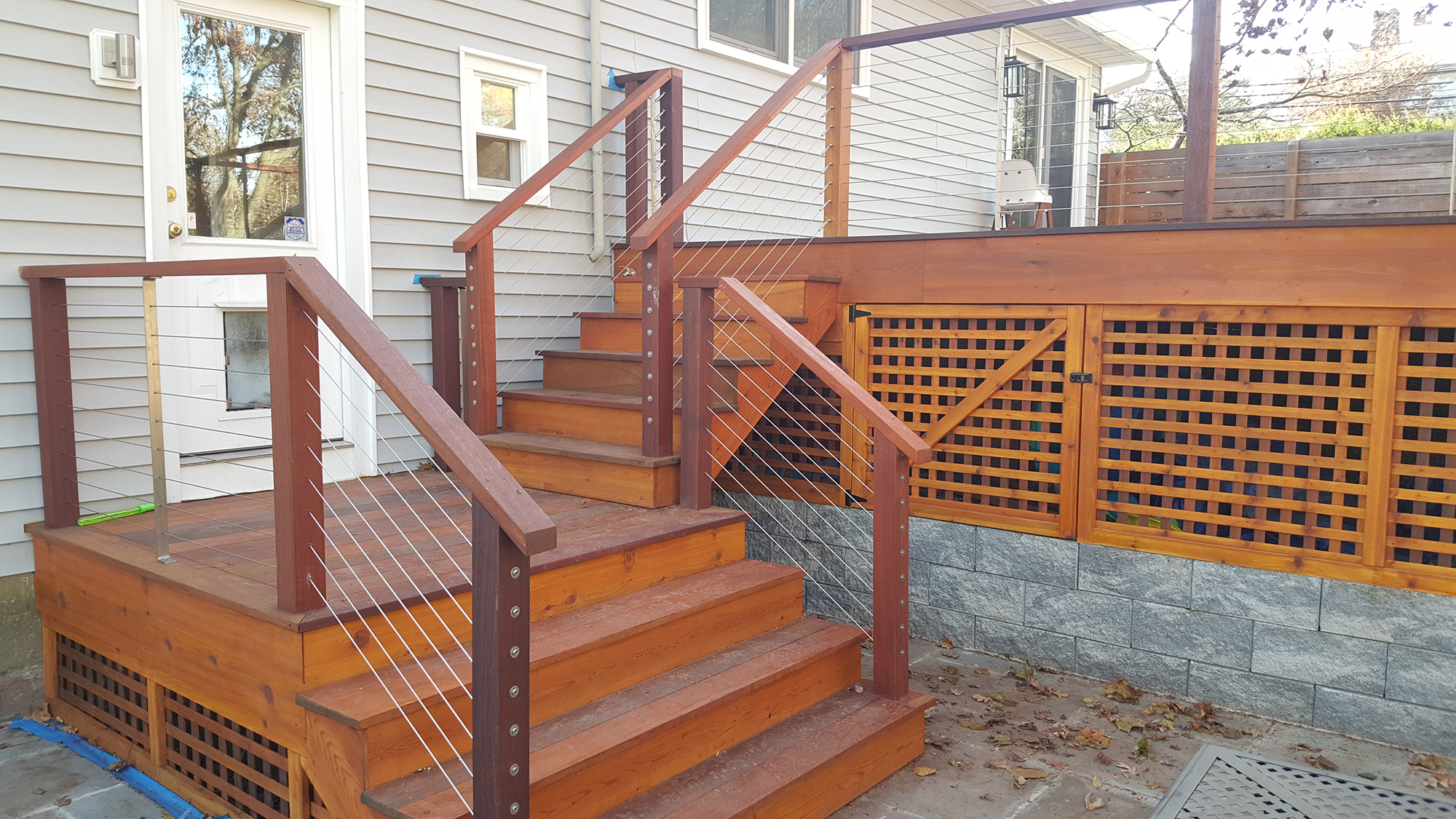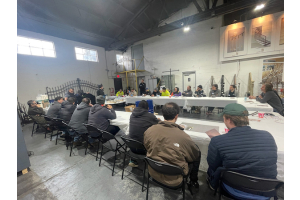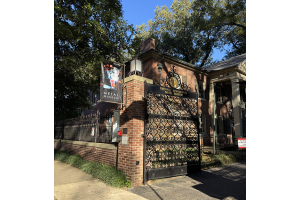Ultimate Guide to Cable Railings

What are Cable Rails?
Cable railings are an alternative to traditional railing systems. They’re known for their sleek and modern look, but the thing that makes them most unique is that they offer unobstructed views, like from a deck.
Cable rail has become popular in recent years in both commercial and residential settings. They are a great, low-maintenance alternative to traditional wood and metal railings.
What are the Benefits of Cable Rails?
- Easy maintenance: cable rails only require occasional maintenance and cleaning with soap and warm water
- Safe: They are built strong enough to support a load of 225lbs per cable
- Versatile: can be used inside or outside, using metal or wood railing posts
- Visibility: does not block the views from a deck or patio
- Durable: offers superior weather durability, as they are made from marine grade stainless steel
- Modern design: the simple use of steel and stylish posts offers a modern look
What Do You Need to Install Cable Railings?
The good news is you don’t need any special tools for installing a cable railing, but there are some important accessories that may vary depending on the brand you choose. The components of the cable railing are generally the same across the board:
Posts
Cable rails can be used with either metal or wood posts, which gives you options when coming up with a design. You just need to ensure that whatever type of post you use, it is designed and built strong enough to support the tension of a properly installed cable.
The minimum size for metal posts varies depending on type: flat bar (2in wide x 1in thick), angle iron (2in wide x .5in thick), extra strong pipe (1.5in ID, 1.875in OD), for square tube (2in wide x .25in wall thickness). Wood posts should be 3.5in wide x 5.5in thick (4x6 wood).
In general, all posts should be spaced no more than 48 inches apart to minimize any deflection that might occur if the cables are forced apart.
Cables
Straight runs of cable should not exceed 70 feet, and runs with corner bends should not exceed 40 feet. Additionally, lines of cable should not be more than 3 inches apart from each other.
In terms of cable strength, cables should have a tension of over 225lbs per cable, so make sure your railing frame is designed and built to support this load.
Fittings
This includes end stops and tensioners, which secure the cables and ensure they maintain their tension.
How to Maintain Cable Railings
The cables we offer are made from high quality 316-grade stainless steel, which is considered marine grade. This is the superior option as it has extreme weather durability, high strength, and low maintenance. When used in outdoor settings, these cables won’t be affected by most airborne contaminants, humidity, or other coastal-specific exposures like salt and sand.
However, periodic maintenance is recommended, as with most materials. You should occasionally clean the cables and inspect for proper tension. Many people don’t realize that stainless steel is not rust or stain proof, and when it comes into contact with chloride salts, sulfides, or other rusting contaminants, it can discolor, rust, or corrode.
You should also be sure to not leave stainless steel in contact with iron, steel, or other metals.
In terms of cleaning, you can use soap and warm water on a non-abrasive pad or rag to keep your cables clean. You can also use specialized stainless steel cleaners and polishers for a more professional shine.
What Cable Rails Should You Buy?
We carry the top two brands of cable rail infill systems: Feeney and Ultra-Tec. Between the two brands, you have a number of options for cable sizes and fittings for just about any application.
Both brands offer high quality 316-grade stainless steel cables that are affordable and low maintenance, and both can be installed with wood or metal posts.
Let’s take a closer look at what each brand offers:
Examples of Cable Railings




This gorgeous stair rail in Point Pleasant, NJ was installed by AJ Stairs and Millwork. They used Feeney CableRails with Indital stainless steel posts, handrails, and connectors.
This railing provides an open and airy feel to match the glass railing on the upper deck. The homeowners can sit back and relax knowing that their railing is low maintenance, provides views of their beach town, and will last for years to come.
This second example was built by Airmet Metalworks in Newark, NJ. The beautiful, modern style deck was installed at a residence and uses Ultra-Tec cable infill and hardware. The thin stainless cables and concealed hardware create unobstructed views and will require minimal maintenance.


Install a Cable Railing Today
Whether you’re looking for sleek security or want to preserve visibility on a deck, cable railings are a great fit for most homes and properties. Call us today to learn how to take the first step in installing cables for your next project.














